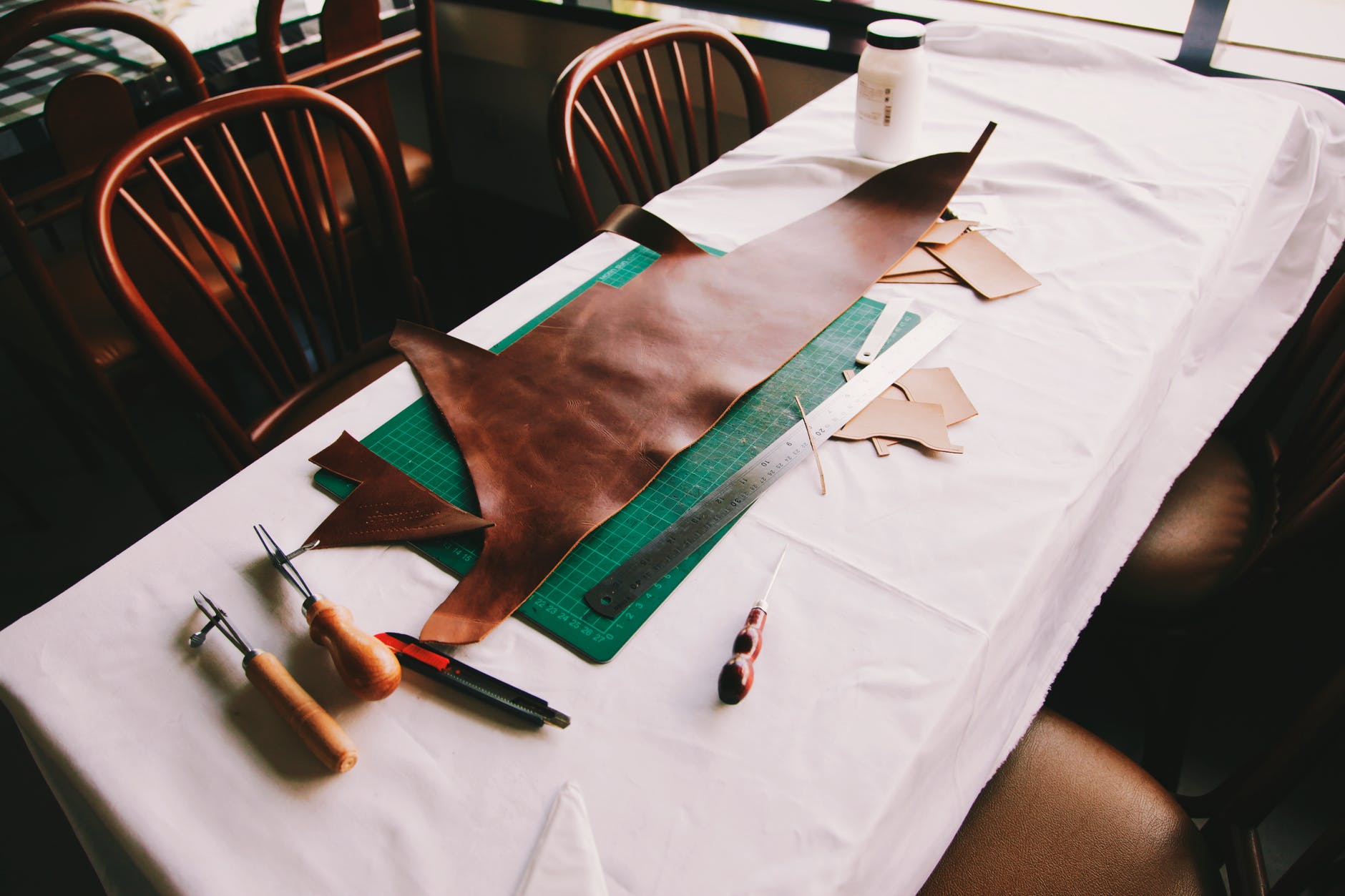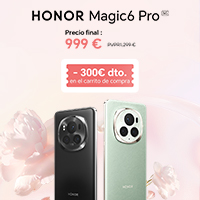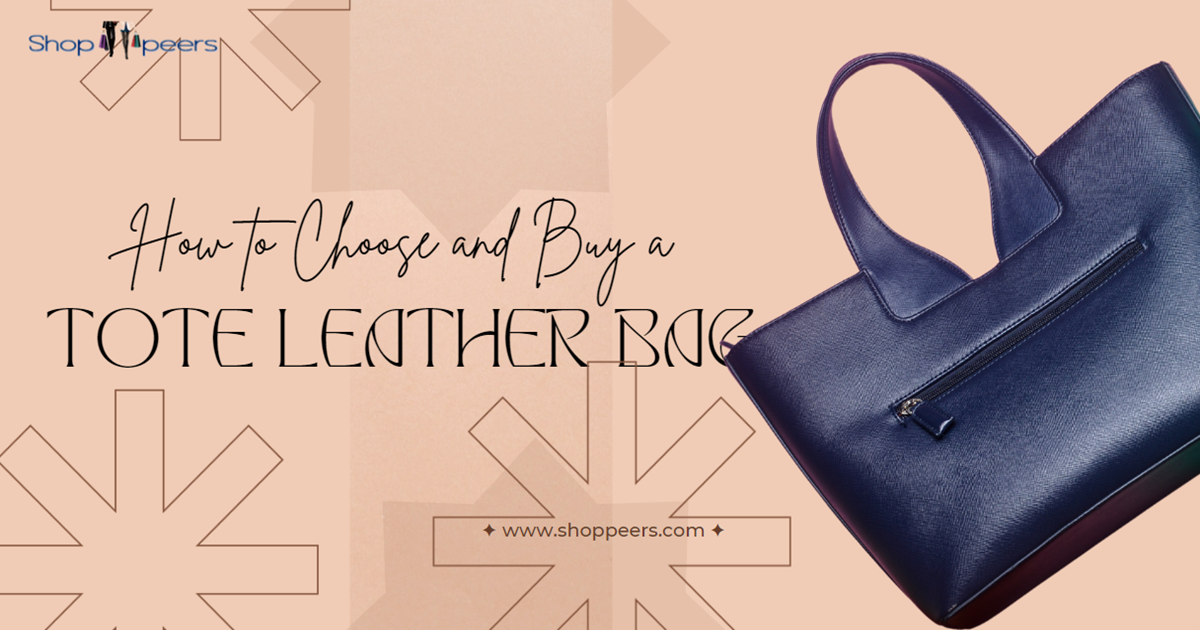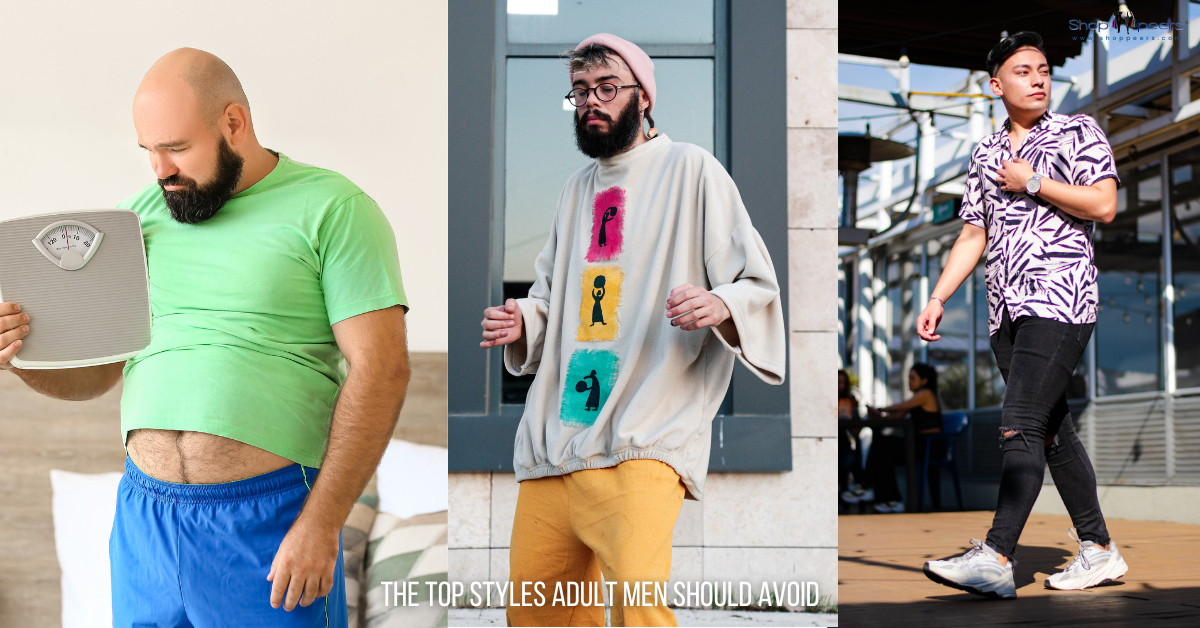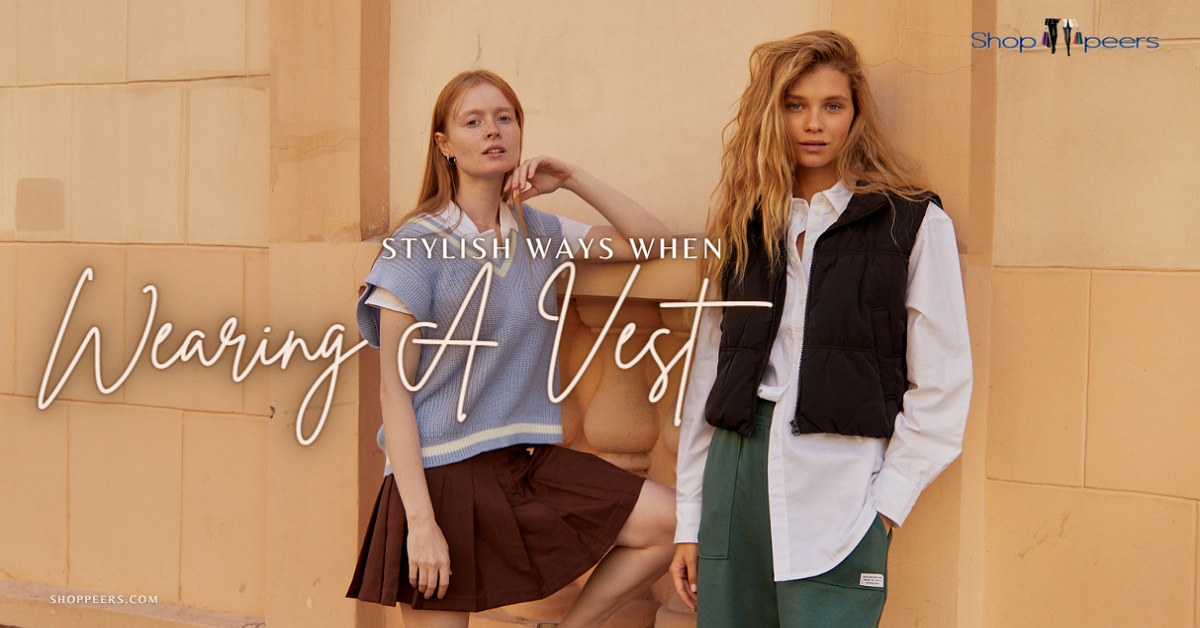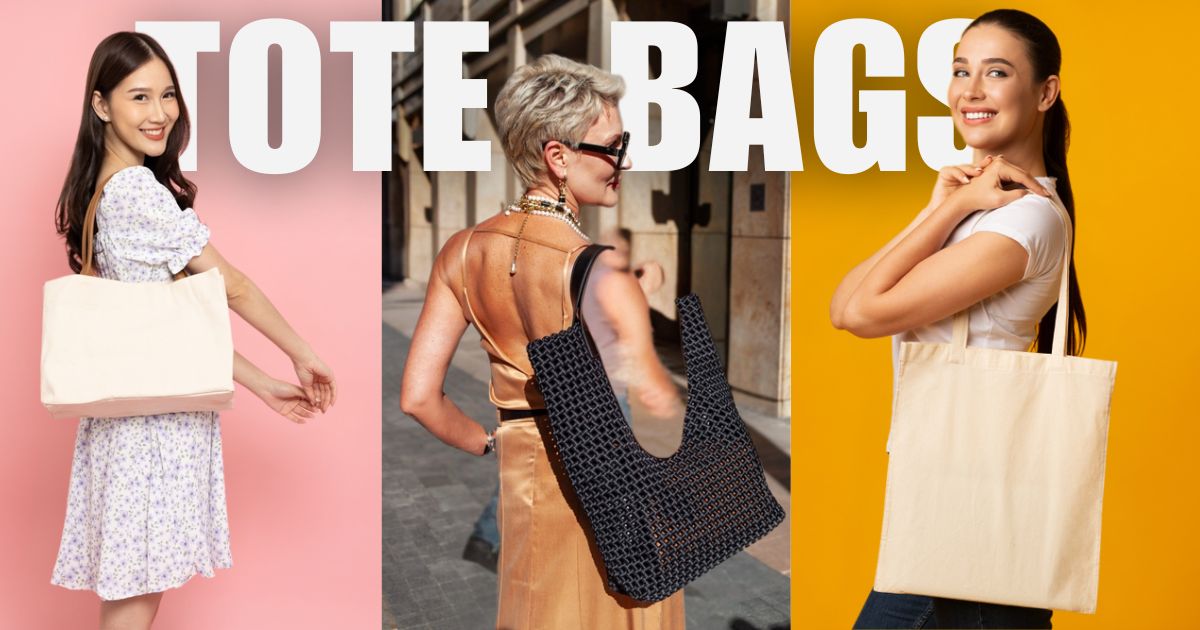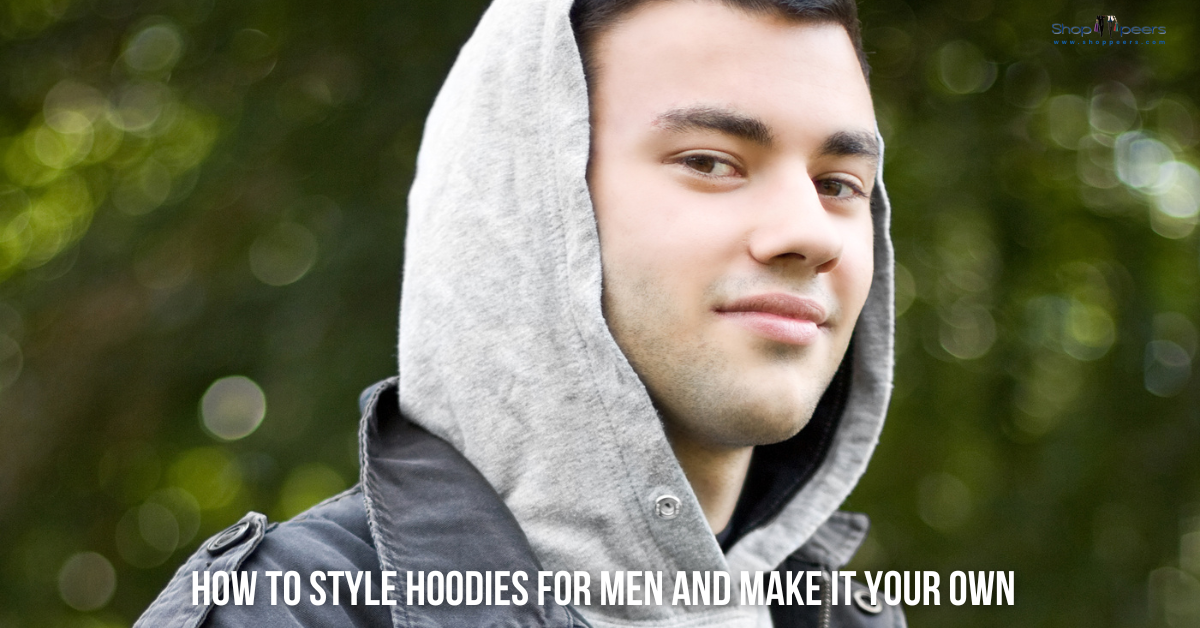When it comes to crafting purses and bags, the choice of material significantly impacts the product’s durability, appearance, and overall quality. While leather and suede, derived from animal skins, have long been the top choices for bag makers due to their longevity and versatility, modern trends have expanded the range of materials available. This article explores the various materials used in purse and bag crafting, highlighting their unique characteristics and care requirements to help you make an informed choice for your next purchase.
Best Materials Used to Craft Purses and Bags
Leather and Suede are the gold standards in bag-making. Known for their robustness and timeless appeal, these materials can last for generations with proper care. Leather is prized for its ability to be cut, shaped, and styled with precision, allowing designers to create intricate and unique designs. Suede, a type of leather with a napped finish, offers a softer, velvety texture, adding a luxurious feel to any bag.
Types of Leather:
When it comes to crafting high-quality purses and bags, the type of leather used is crucial in determining the product’s durability, appearance, and overall value. Here’s a detailed look at the different types of leather commonly used in the industry:
1. Full-Grain Leather is widely regarded as the highest quality leather available. It is crafted from the top layer of the animal hide, which includes all of the natural grain. This type of leather retains the hide’s complete texture and markings, such as scars and pores, which contribute to its unique character and natural beauty.
Key Features:
- Durability: Full-grain leather is incredibly strong and durable because it maintains the grain’s integrity. It resists moisture well and develops a rich patina over time, which enhances its aesthetic appeal.
- Patina Development: The natural aging process of full-grain leather results in a patina—a soft sheen that develops on the surface over time. This patina not only adds to the visual appeal but also tells the story of the leather’s journey.
- Breathability: The natural grain allows the leather to breathe, making it more comfortable to carry in various climates.
- It is often used in high-end designer bags and luxury goods due to its superior quality and aesthetic appeal.
2. Top-Grain Leather is the second-highest quality leather. It is also derived from the top layer of the hide but undergoes a sanding and buffing process to remove imperfections such as scars and blemishes. This results in a smoother, more uniform appearance.
Key Features:
- Uniform Appearance: The sanding and buffing process gives top-grain leather a consistent look, which is often preferred for more refined and polished products.
- Durability: While not as durable as full-grain leather, top-grain leather still offers good strength and resistance to wear and tear.
- Finish: This type of leather can be treated with various finishes, including aniline or semi-aniline, to enhance its appearance and provide additional protection.
- Commonly used in high-quality handbags, furniture, and automotive upholstery where a balance between aesthetics and durability is desired.
3. Genuine Leather is a term that refers to leather made from the lower layers of the hide, which are left after the top layers are split off for higher-grade leathers. Although genuine leather is made from real animal hide, it is considered to be of lower quality compared to full-grain and top-grain leathers.
Key Features:
- Affordability: Genuine leather is more budget-friendly, making it accessible for a wider range of products.
- Appearance: It lacks the natural grain and character of higher-grade leathers, often requiring artificial embossing and finishing to enhance its look.
- Durability: It is less durable and more prone to wear and tear over time compared to full-grain and top-grain leathers.
- Typically used in mid-range to lower-end leather goods, including bags, belts, and accessories.
4. Suede is a type of leather with a napped finish, crafted from the underside of the animal skin. It is known for its soft, velvety texture and flexible nature, making it a popular choice for a variety of fashion items.
Key Features:
- Texture: Suede has a plush, luxurious feel that sets it apart from other types of leather. This texture makes it ideal for creating fashionable and tactile accessories.
- Flexibility: It is more flexible than other leathers, allowing for intricate designs and a comfortable feel.
- Maintenance: Suede requires careful maintenance as it is prone to staining and damage from water and other elements. Special brushes and cleaning products are often needed to keep suede looking its best.
- Frequently used in fashion items like shoes, bags, jackets, and accessories where a soft, luxurious feel is desired.
Understanding these different types of leather can help you make an informed decision when purchasing a purse or bag. Each type offers unique benefits and suits different needs and preferences, ensuring there is an ideal leather option for every style and budget.
Alternative Materials: Versatility and Innovation
While leather remains the preferred choice for many high-end brands, other materials offer a range of benefits and styles. Here are some popular alternatives:
Cotton and Canvas:
- Cotton: Lightweight and breathable, cotton is often used in casual bags. It’s easy to clean and comes in a wide array of colors and patterns.
- Canvas: A heavier cotton weave, canvas is extremely durable and often used in tote bags and backpacks. It’s ideal for casual, everyday use and can withstand considerable wear and tear.
Synthetic Materials:
- Polyester: Durable and water-resistant, polyester is a common choice for affordable, practical bags. It’s easy to clean and maintain.
- Nylon: Known for its strength and elasticity, nylon is used in sporty and travel bags. It’s lightweight and resists abrasion and moisture.
- Faux Leather: Made from synthetic materials like polyurethane, faux leather mimics the look and feel of real leather without using animal products. It’s less expensive and easier to care for.
Luxury Exotics:
- Ostrich Leather: Recognized for its distinctive pattern and luxurious feel, ostrich leather is one of the most expensive materials. It’s incredibly durable and soft.
- Crocodile and Alligator: These exotic leathers are highly prized for their unique texture and exclusivity, often used in high-end designer bags.
- Python: Known for its exotic appearance, python skin is flexible and lightweight, offering a unique style statement.
Care and Maintenance: Preserving Beauty and Longevity
The material of your purse or bag determines the best cleaning and maintenance practices. Here are some tips to help you keep your bag in pristine condition:
Leather and Suede:
- Cleaning: Use a damp cloth for light cleaning and specialized leather cleaners for tougher stains. Avoid excessive moisture.
- Conditioning: Regularly apply a leather conditioner to keep the material supple and prevent cracks.
- Storage: Store in a cool, dry place away from direct sunlight to avoid fading and drying out.
Cotton and Canvas:
- Washing: Most cotton bags can be machine washed, but it’s best to check the care label. Canvas bags may require spot cleaning.
- Drying: Air dry to prevent shrinkage and maintain the bag’s shape.
Synthetic Materials:
- Cleaning: Wipe with a damp cloth or use mild soap and water. Avoid harsh chemicals that can damage the material.
- Maintenance: Synthetic materials generally require less maintenance but should still be stored properly to avoid damage.
Exotic Leathers:
- Special Care: Exotic leathers often require specialized care products. It’s best to follow the manufacturer’s instructions to avoid damage.
- Protection: Use a protective spray to guard against stains and water damage.
High-quality Leather is a Wise Investment
Choosing the right material for your purse or bag involves balancing aesthetics, functionality, and maintenance requirements. Leather and suede offer timeless elegance and durability, while alternative materials like cotton, canvas, and synthetics provide versatility and innovation. Understanding the unique characteristics and care needs of each material will help you make a wise investment, ensuring your bag not only complements your style but also stands the test of time. By following proper maintenance practices, you can enjoy the beauty and functionality of your bag for years to come.

